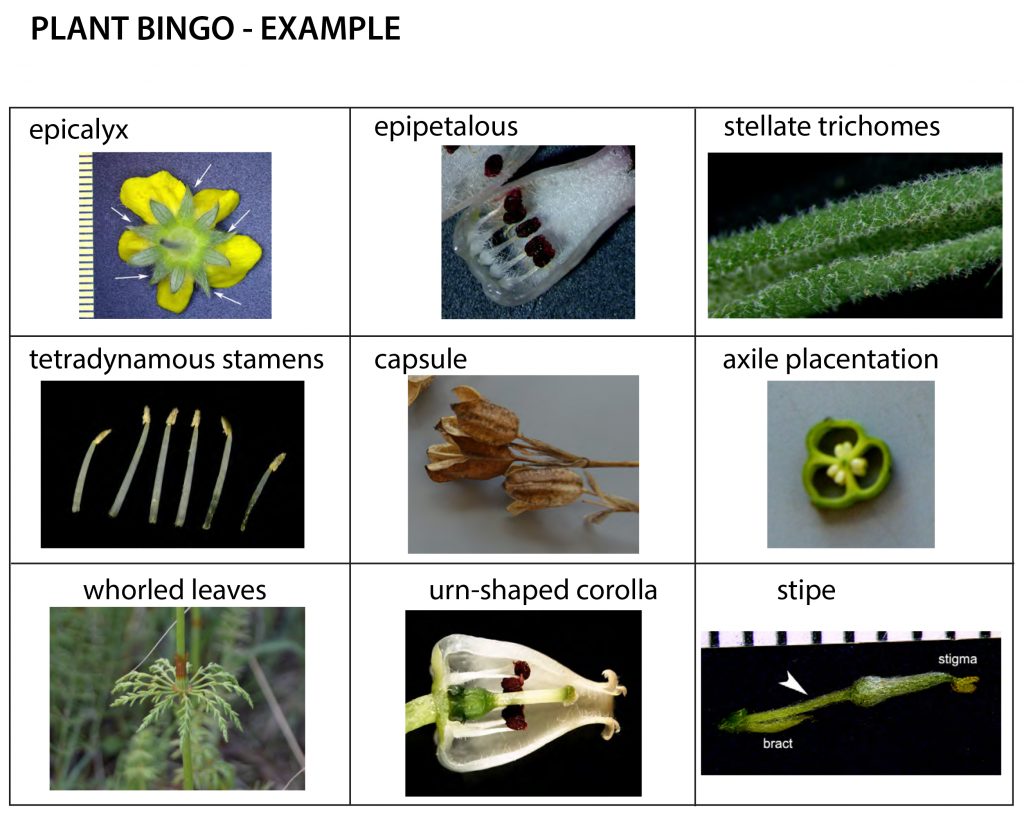1 July – 7 July 2024
Objectives
- Define vocabulary associated with plant morphology, reproductive and vegetative.
- Apply a dichotomous key to identify plants
- Identify plants by specific distinguishing characteristics (collecting local floral)
- Make observations of local flora and share
Reading and Lecture
Vascular Plants Overview
Overview |
Clubmosses, Spikemosses and Quillworts |
Seed Plants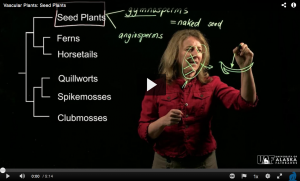 |
Ferns and Horsetails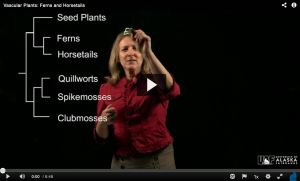 |
Introduction of Plant Families II:
Rosaceae (Roses)
About Rosaceae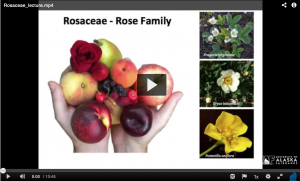 |
Rosaceae Dissection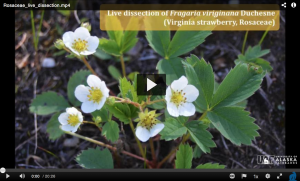 |
Fabaceae (Legumes, peas)
About Fabaceae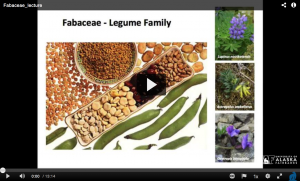 |
Fabaceae Dissection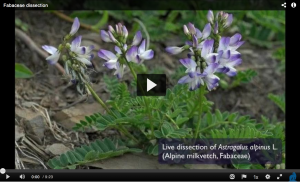 |
Activity
Plant Morphology Quiz 3
The Vegetative Morphology quiz will help reinforce your understanding of the vocabulary associated with the aspects of plant morphology covered in the vegetative morphology videos pertaining to flowers in Module 1. The quiz is meant to serve as a study aid, and you are able to take it as many times as you like. You will find the quiz by going to the Canvas site for this course, then navigating to Course Modules -> Week 3 and quiz 3. The grade of your final attempt will be recorded in the grade center.
Assignments
You have three assignments to complete for this week. They are each outlined below.
iNaturalist Observations
Make 5 observations to iNaturalist. Be sure to include them in the Plants and Fungi of Alaska project when submitting each observation.
Peer Dichotomous Keys
Select one of the keys created by your classmates and use it to identify the plants provided below.
| Plant 1 | Plant 2 | Plant 3 | Plant 4 |
|---|---|---|---|
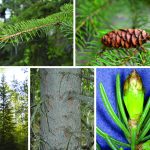 |
 |
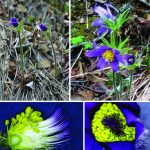 |
 |
- Select a post containing a key created by one of your classmates. Try and select a key that doesn’t yet have comments.
- Leave a comment on that post regarding how well the key works, and what might be improved.
Plant BINGO
- Next we are going to play BINGO with plants. Using the table in this linked PDF, collect and bring plants back and fill out your BINGO sheet.
- On your BINGO card is a term. Find a specimen outside with features that demonstrate each term on your card.
- See the example, below, for what your BINO card might look like.
- If you get really excited and find great specimens, consider making your own BINGO cards with more challenging terms.
- Share your completed BINGO card(s) by creating a new post on the class website. Remember to select the “BINGO” category when you create your post.
